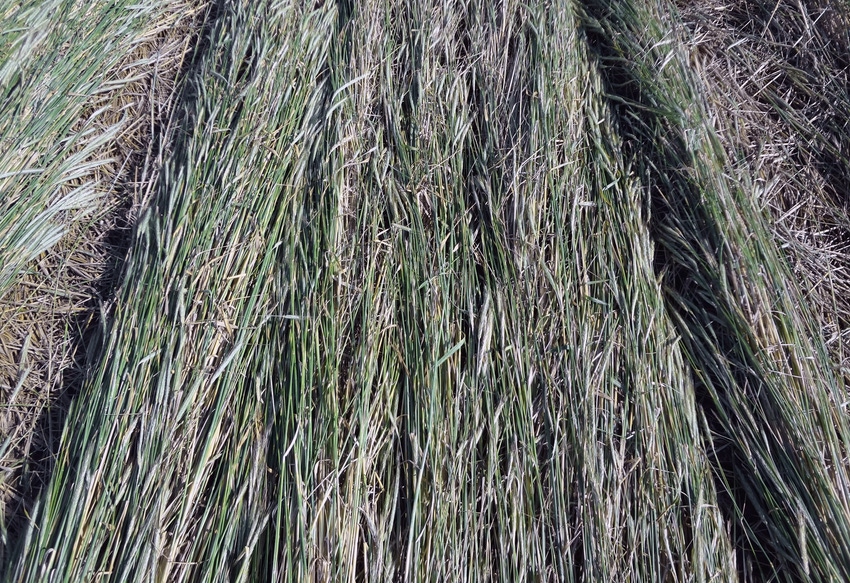May 18, 2016

Lamar Black can be considered one of the “conservation tillage pioneers” in the Southeast.
Black manages Tilmanstone Farm located in Jenkins and Burke counties in east central Georgia. The farm is 415 acres and traditionally uses a cotton, corn and peanut rotation. This year, all acres will be in cotton or peanut, partly due to current farm bill policy, Black said.

Lamar Black
Lamar BlackIn 1993, Black implemented conservation tillage but had been experimenting with it since the 1970s. A key point to his successful conservation tillage program is his intensive management of cover crops. His conservation program started with planting into winter weeds, wheat and then ultimately rye.
“When it comes to cover crops, I suggest starting with wheat, and then gradually going to a rye-based program. Rye is the best cover crop, the biomass produced is so much higher, however; you must have the right equipment and know what you are doing,” Black said.
When it comes time to plant his rye cover in the latter part of October, Lamar plants 50 pounds per acre of seed and will top dress with nitrogen at 30 pounds per acre in December or early January.
“Weed control in a cover crop is paramount for a successful stand and early growth, applying Round-up before planting your cover crop will kill henbit; which if not controlled, will lead to stunting and reduced cover crop growth,” Black said.
Black burns his rye cover crop down three weeks ahead of planting and runs a “crimper or roller” that attaches to a tractor and runs over the field, crimping the cover crop into a smooth mat to plant in. The planter will then run parallel to the roller’s path and plant seed directly into the ground. The ultimate goal will be accomplished, plant the crop into a thick vegetative mat that disturbs the soil as little as possible.
Black has been very impressed with the pigweed control he has experienced with planting into six-foot rye. “The pigweeds cannot come through the biomass, it cuts off the sunlight,” Black said.
Black said the main issue to deal with in terms of cover crop management is “dealing with heavy biomass prior to planting.”
He encourages farmers to try and use cover crops. He also encourages government agencies to stay involved in all areas of conservation tillage research and development because this is critical for the future.
“The Extension agent research is particularly interesting to me because it’s so easy to transfer to the farm. The research work that Wade Parker (local agent) and his colleagues have conducted over the years has been very beneficial to my operation. I have witnessed the data from on-farm research transform into full recommendations, used by farmers all over the Southeast.”
You May Also Like




